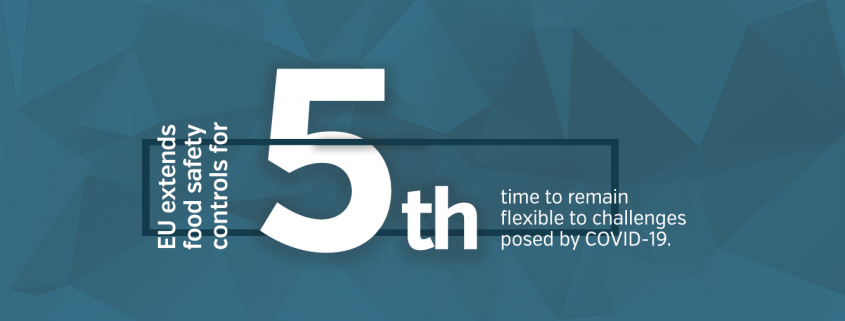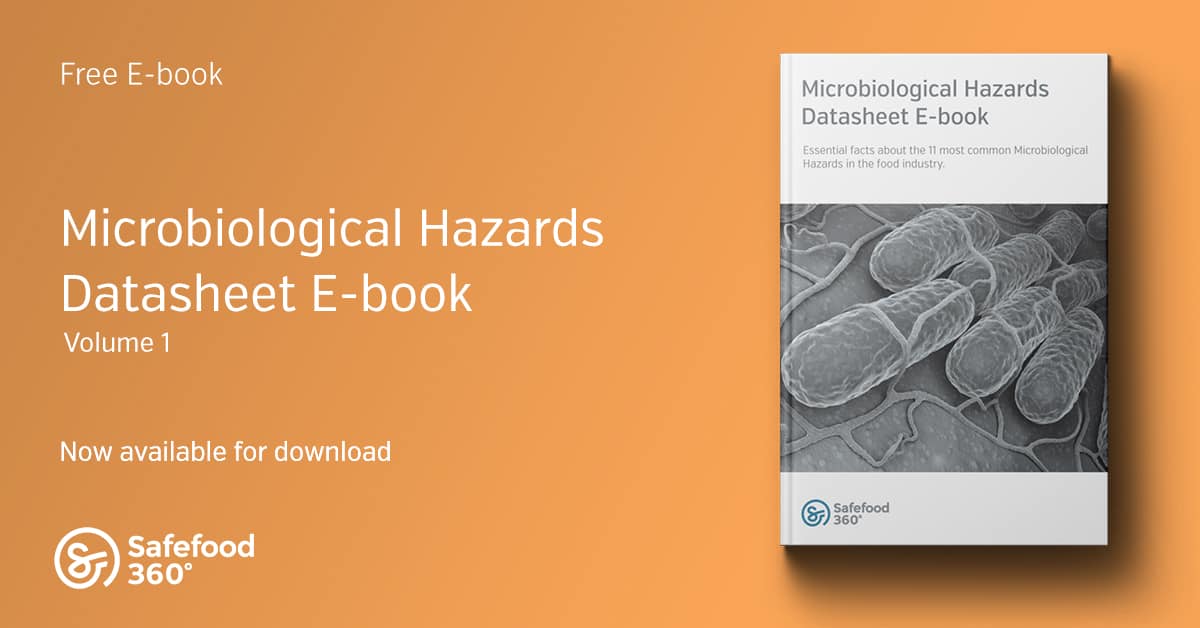July 2021 Food Safety News and Industry Round-up
There was no summer recess this month across Europe as several initiatives began and temporary controls were extended in response to challenges posed by COVID-19.
Elsewhere, the UK government announced funding to track foodborne pathogens while Australia and Switzerland experienced different fortunes with foodborne illness outbreaks.
Each month, our industry round up compiles the key talking points that food safety practitioners should be aware of and includes sources for more detailed reading.
Read on for more.
EU extends food safety controls flexibility for the fifth time
The European Commission passed an extension of temporary food safety rules on official controls until September.
This marks the fifth extension of the rules since they were introduced in March 2020 in response to initial challenges posed by the pandemic and allow individual national authorities to utilize remote controls across inspection and testing.
EFSA call for stakeholders for food and feed safety vulnerabilities
The European Food Safety Authority has launched a call seeking stakeholders for a 2-year project on ‘Food and feed safety vulnerabilities in a circular economy’.
The project will look to ensure food and feed safety concerns are incorporated into research and policy initiatives for a circular economy from an early stage.
Apply for EFSA stakeholder group

WHO seeks data for specific heavy metals in food
The World Health Organization is seeking data for methylmercury and total mercury in orange roughy, pink cusk-eel, and all toothfish, as well as lead in cereal-based and ready-to-eat foods for infants and young children; eggs; dried spices and herbs; sugar and sugar-based candies.
Data can be submitted through the Global Environment Monitoring System and a deadline date has been set for October 15th, 2021.
UK project to track foodborne pathogens
The UK government announced £19.2m in funding for a three-year surveillance project which will track UK foodborne pathogens and antimicrobial resistant (AMR) microbes.
The project will pilot a national surveillance network using DNA sequencing and bring together the Food Standards Agency, Food Standards Scotland, the Department for Environment, Food and Rural Affairs, the Department of Health and Social Care, Public Health England, and the Environment Agency.
Belgium criticized by DG Sante
Belgium has been criticized by the EU’s health and safety body for its system to prevent microbiological risks before and during harvest.
An audit by DG Sante conducted in October 2020 revealed that the nation’s program is not designed to identify businesses that do not have measures in place to stop contamination risks for food of non-animal origin.
While the results of the finding have been disagreed with, Belgium’s Federal Agency for the Safety of the Food Chain has acknowledged it will assess if items in the finding can be improved.
Switzerland food safety infections decline in 2020
Swiss authorities released findings that showed that the country saw declines in Campylobacter and Salmonella infections in 2020, while Listeria rates remained stable despite a large outbreak.
E.coli reports also fell for the first time since 2014.
The overall number of foodborne outbreaks decreased from 23 in 2019 to 13 in 2020 , with 161 people becoming ill and 36 requiring hospitalization.
Learn more about these hazards with free technical datasheets
UK assess impact of Campylobacter affects
Elsewhere, the UK Food Standards Agency has estimated that roughly 300,000 cases of Campylobacter cost the economy more than £1bn each year.
The study, which assessed the main sources to human infection and identify changes over time, made several findings among which chicken was noted as the main source of infections while antimicrobial resistance in strains seems to have been increasing over time.
Access the findings of the study
Learn more about Campylobacter in our Technical Datasheet
Australia Campylobacter rates at a record high
Elsewhere, record levels of Campylobacter and Salmonella have been recorded in Australia.
A recent report following an assessment of data from 2016 showed that campylobacteriosis and salmonellosis were at their highest record levels since records began in 1991.
Download the campylobacter datasheet for more information






Leave a Reply
Want to join the discussion?Feel free to contribute!